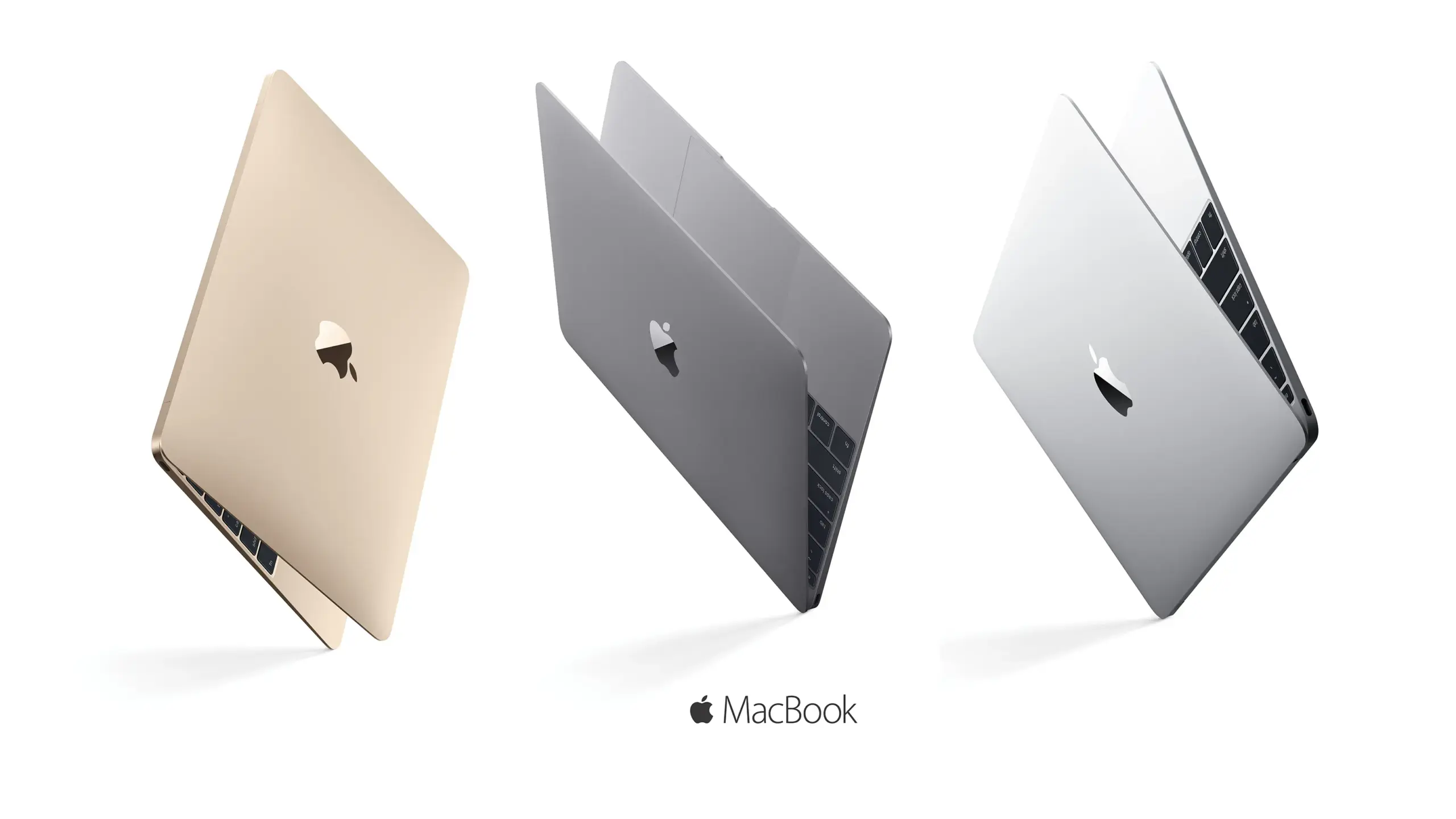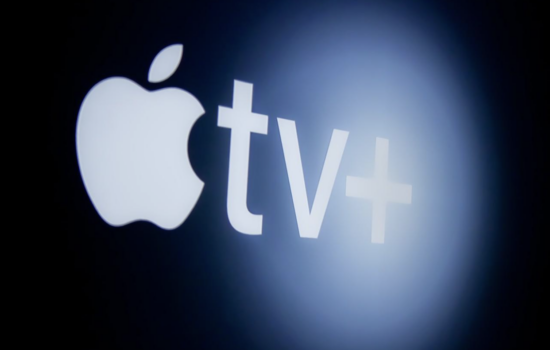Introduction
Going from iPod to the iPod nano
Do you still remember the iPod? Back before the iPod was born, people mainly used portable CD players to listen to music on the go; however, they were not that practical since they were clunky, and there were just a limited number of tracks for each CD that you wanted to carry around. Apple introduced the iPod in October 2001, and it effectively solved this problem as the iPod became an innovative product that could store up to 1,000 songs, yet it could easily fit inside your pocket as it was about the size of a deck of cards, hence the iconic tagline, “1,000 songs in your pocket.” Two years later, on January 2004, Apple went after the flash player market by introducing the iPod mini, which was smaller than the original iPod in volume, yet it also carried up to 1,000 songs. The iPod mini became the most popular MP3 player in the world.
Then, in September 2005, Apple made a very bold move to replace the iPod mini with something new and radical. That was when Steve Jobs famously pulled out the iPod nano from his coin-sized pocket, showcasing the impossibly small size, yet it also carried up to 1,000 songs. To put that into perspective, the iPod nano was thinner than a No. 2 pencil, and it was about 1/5 the size of the original iPod in volume. So, going from the original iPod to the original iPod nano in just almost four years, Apple was able to demonstrate how it was able to miniaturize the iPod, yet bring even more features overall.
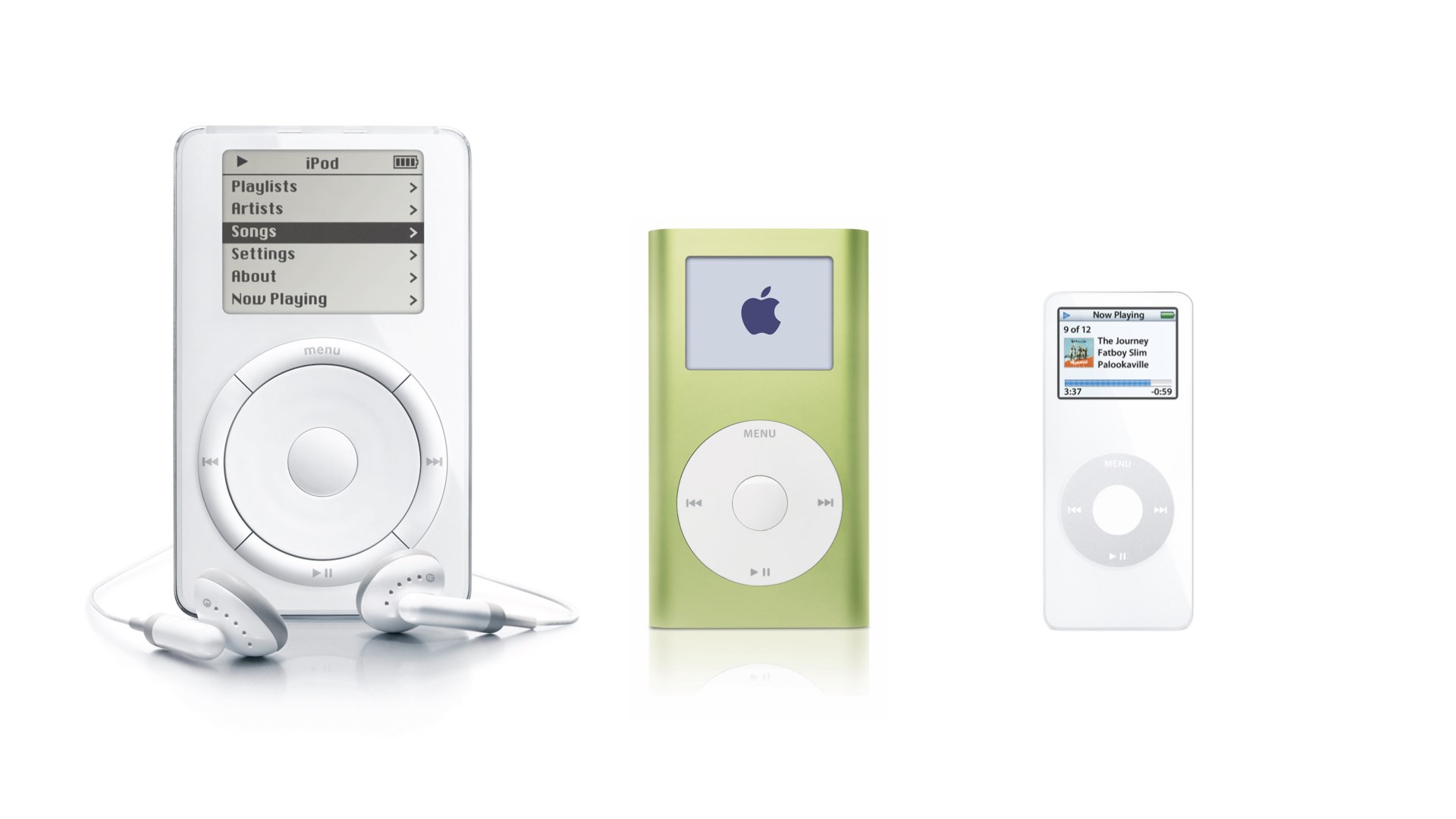
The birth of the MacBook Air
Around that same time, Apple was preparing to transition its Mac lineup from the PowerPC to Intel processors, and by August 2006, Apple completed that transition, but that was just the beginning. Apple had envisioned designing an ultra-thin laptop that would be significantly lighter for maximum portability. However, PowerPC processors became very power-hungry and heat-intensive for smaller thermal envelopes such as laptops. That was why Apple switched to Intel since Intel could deliver processors that were very energy-efficient, something that mattered most to Apple, especially when engineering its laptops. January 2008 was when Apple shook the industry, and that was just several months after the original iPhone was introduced, marking the very first “Air” product that Apple ever introduced.
Steve Jobs went on stage at MacWorld, and he famously pulled out the MacBook Air from a manila envelope to showcase its ultra-thin design. It was nothing like anything Apple designed before, and the very slim design was only made possible thanks to the aluminum unibody enclosure that Apple engineered. Of course, the original MacBook Air had several shortcomings, such as the limited ports, the super-slow hard drive by default, and worst of all, the underpowered Intel processor. Nonetheless, the design of the MacBook Air would influence both the MacBook and MacBook Pro by adopting the unibody enclosure for thinner and sturdier designs.
Back to the Mac
On January 2010, Apple introduced another revolutionary product called the iPad, and it was not only Apple’s first modern tablet, but it was also the first product to pioneer Apple-designed system-on-a-chip. With the iPad’s amazing standby time and solid state storage, Apple would eventually take some inspiration from the iPad and apply it to the Mac. In October 2010, Apple redesigned the MacBook Air to drastically improve upon the original model. That MacBook Air certainly overcame many of the shortcomings we discussed earlier. Apple learned the benefits from the iPad, and it applied those to the MacBook Air as the latter featured both amazing standby time and solid-state storage as standard, which meant no moving parts for improved reliability and fewer chances of data loss. The MacBook Air always lacked the optical drive, but it wasn’t a problem anymore since online services would become the new norm when it comes to listening to music, watching movies, or even installing software. Just like with the original MacBook Air, we would see the same benefits that we saw in other future MacBook models going forward.
The biggest leap for the Mac: Apple Silicon
As Apple continued to design thinner MacBooks, Apple would eventually enter into another “dark age,” which started when Apple introduced the 12-inch MacBook in March 2015. Although it was the thinnest and lightest MacBook that Apple ever designed, as well as becoming the first fanless MacBook, it had so many shortcomings, just like the original MacBook Air. We all know how the butterfly keyboard went, but the most prominent issue was with the underpowered Intel processor, as it just couldn’t keep up with more demanding tasks such as editing video. Shortly afterwards, the relationship between Apple and Intel would eventually sour as Intel was falling behind in designing processors that would be more efficient.
At the same time, Apple continued to improve both the performance and efficiency of its system-on-chips for both iPhone and iPad. In fact, the 2018 iPad Pro with the A12X chip even outperformed the 2018 MacBook Air in Geekbench scores. With Apple’s SoCs spinning circles around Intel’s processors, Apple knew that its Mac lineup would make the switch to Apple Silicon, and one of the first Macs with Apple Silicon was the MacBook Air with the M1 chip, which was introduced in November 2020. Over the next few years, Apple would introduce higher-end Mac models such as the MacBook Pro and Mac Studio that featured even more powerful chips that built upon Apple Silicon.

The Vision of iPhone Air
So that brings us to the iPhone. The main purpose of the iPhone is to stay connected, so the most essential components on the iPhone’s logic board, besides the main SoC, are the cellular modem and wireless networking chip. Since cellular and/or wireless connectivity would consume the most energy, Apple wanted to improve the efficiencies of those technologies, so Apple took everything it learned from engineering its silicon into designing its own cellular modems, starting with the C1 modem, which enabled the iPhone 16e to have the longest battery life of any 6.1-inch iPhone model that Apple introduced. Apple would make further improvements by introducing the C1X modem, which brings even faster cellular speeds than the C1 modem. For wireless networking, Apple took everything it learned when designing wireless chips for Apple Watch and AirPods to create the N1 chip. With the A19 Pro chip, the C1X modem, and the N1 wireless chip, this makes the iPhone Air the most power-efficient iPhone that Apple has ever developed, and the higher levels of efficiencies allow Apple to miniaturize the entire logic board to make enough room for a high-density battery. In fact, most of the components are located in the camera plateau area. Now, some people have ridiculed the camera bump/plateau on Apple’s iPhones for years.
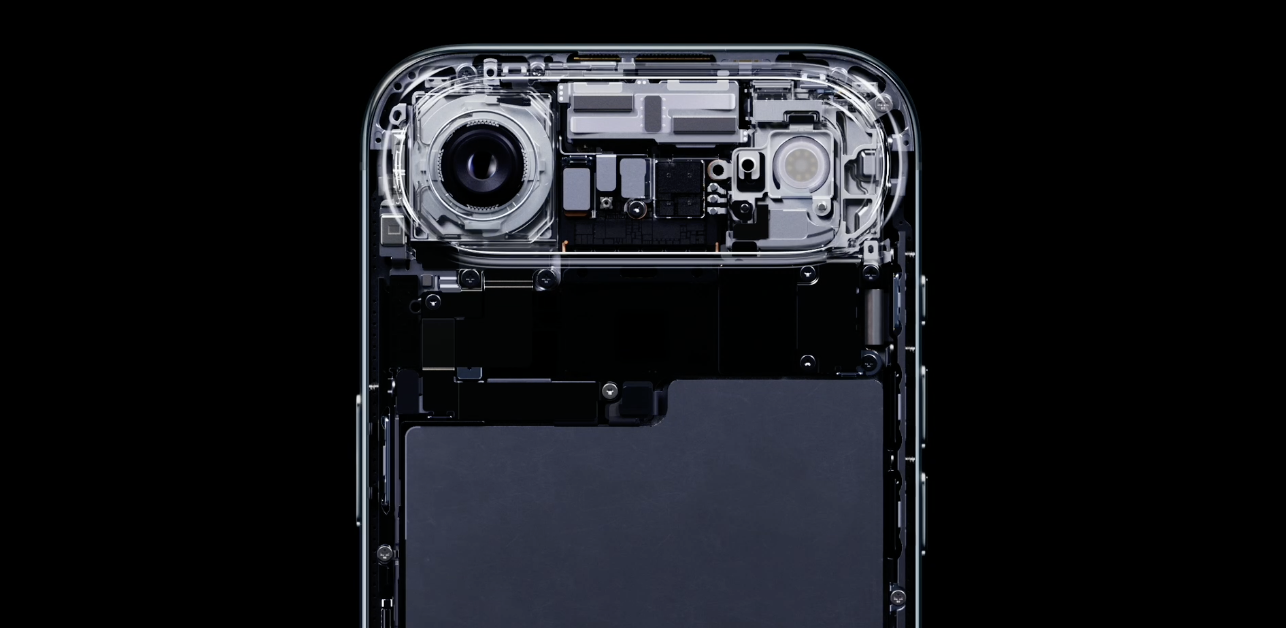
Some just wished that Apple could go with a thicker, more flush design so that Apple could put more battery in, and that the camera would not protrude. But that defeats the purpose of designing the iPhone Air and Apple’s design motifs overall. You see, having a thicker design and a bigger battery means a heavier and bulkier design, and smartphones are already getting bigger and thicker to pack in larger displays and more components. Plus, the camera plateau builds upon Steve Jobs’ principles: “Design is not just what it looks like and feels like. Design is how it works,” which, in this case, is to house most of the iPhone Air’s components. The iPhone Air’s unique design may influence other thinner smartphones in the future. Apple’s designs have been criticized by some people, but if you think about it, Apple’s designs influenced the competition for better or worse. The introduction of the iPhone led to other smartphones adopting touch screens. When the iPhone X was introduced, it was ridiculed for its “notch”, but future smartphones would soon adopt all-screen displays with hole-punch cameras of some form. It’s not just smartphones; the introduction of the MacBook Air would generate a market of thinner “ultrabooks.”

Although the iPhone Air doesn’t have a uniform design, what should matter the most is that it’s now easier to hold with its thinner profile. It’s still a remarkable engineering feat to fit the entire motherboard inside that small area. Apple achieved similar design feats not just with its own Apple Silicon, but all the way back to the original MacBook Air. Apple designed the motherboard of the first MacBook Air to be smaller than that of the regular MacBook, which allowed Apple to pack in a bigger battery. The development of Apple Silicon allowed Apple to fit the entire motherboard of the 24-inch iMac inside the chin area, and it also led to more compact designs of both the Mac mini and Mac Studio. As you can see, designing the iPhone Air allowed Apple to push and test the limits even more, and the iPhone Air would simply not be possible without the advancements of Apple Silicon.
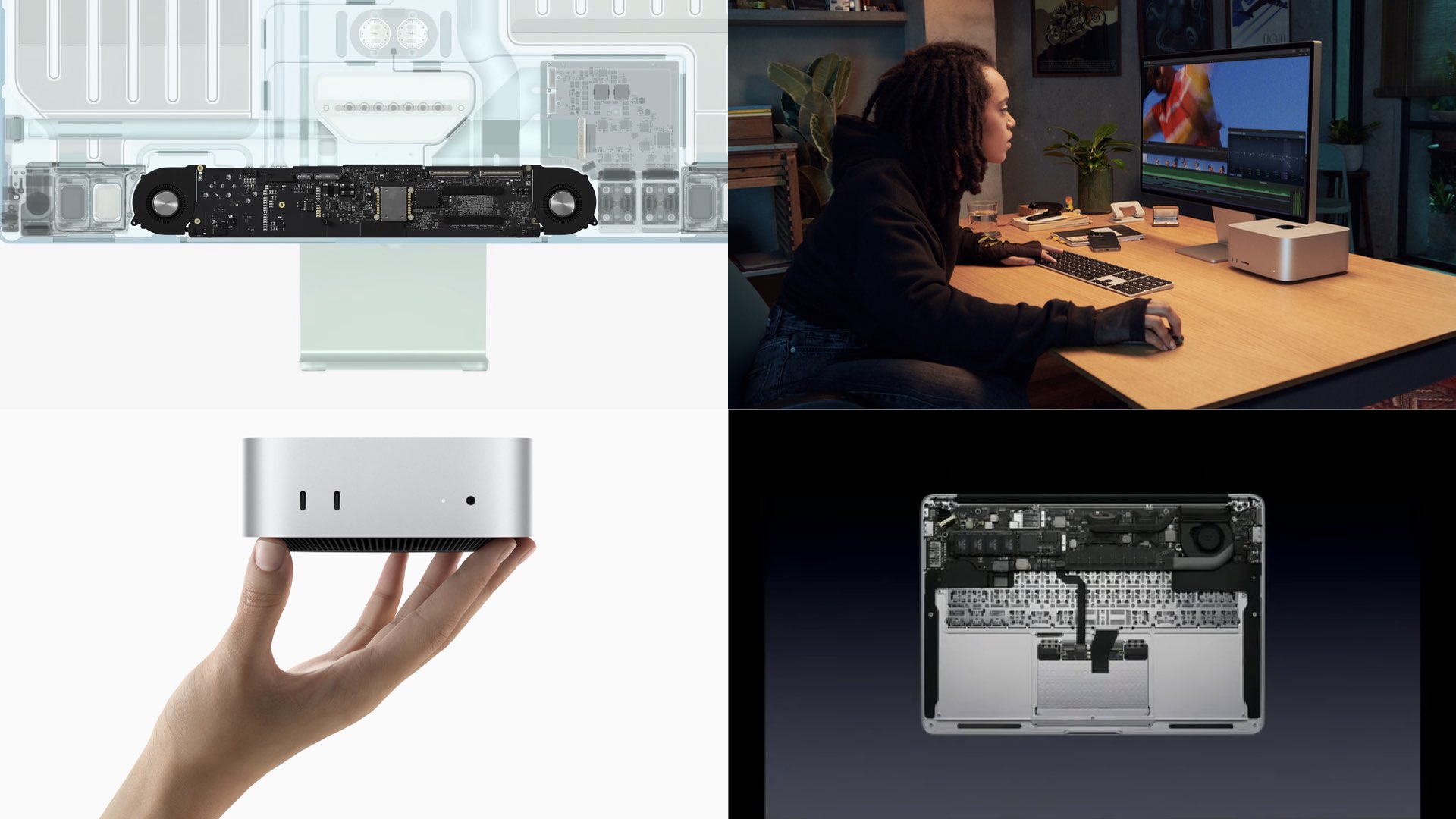
A Glimpse into the Future
The iPhone Air may give us a glimpse of what’s to come in the iPhone lineup. As you may have been anticipating, Apple has been developing its first-ever foldable iPhone, and the iPhone Air certainly lays the foundation of that aforementioned device as the “iPhone Fold” is rumored to be even thinner than the iPhone Air when unfolded. Furthermore, Apple’s software design chief Alan Dye said in an interview with The Wall Street Journal that the iPhone Air is another step towards an all-glass iPhone that Steve Jobs and Jony Ive both envisioned back in the day. Apple made tremendous progress towards that vision with the iPhone X adopting the edge-to-edge display, the iPhone 14 Pro adopting the smaller Dynamic Island, and now the iPhone Air featuring the thinnest profile ever on iPhone. So this iPhone Air certainly previews what’s to come on the 20th anniversary edition of the iPhone.
The Meaning of “Air”
Both iPhone 17 Pro models focus heavily on function over form by featuring thicker, forged aluminum unibody designs and packing in the latest and greatest camera system and chip. The iPhone Air does the opposite, as it focuses on form over function by prioritizing thinness and lightness for a compact feel. Some people would love to have a larger display, but before, they would have to go for either the Plus or the Pro Max model. They would have to give up on ergonomics, one-handed usability, and lightness, but with the iPhone Air, they would still appreciate the thinness and lightness of the device. With this radical design approach for the iPhone Air, the iPhone Air now serves a purpose in the lineup.
Of course, the iPhone Air isn’t for everyone given its current compromises, and that’s alright; people would be much better off with the base iPhone 17. I know it’s too early to tell, but it’s possible that either the base iPhone model would take inspiration from the iPhone Air, or even better, the iPhone Air will eventually become the mainstream iPhone model, and the iPhone Air definitely has room for improvement.
I believe the moniker “Air” that Apple has been using for its core products means “forward-thinking.” Just think about it: the MacBook Air was originally introduced in January 2008, and it had several compromises. But eventually, the MacBook Air overcame those compromises, replaced the polycarbonate MacBook, and became the mainstream MacBook for the rest of us. Apple introduced the original iPad Air back in October 2013, which featured a more compact and lighter design than that of the iPad (4th generation), yet it packed in the same 9.7-inch Retina display. The iPad Air eventually led to the release of the iPad Pro, which took the iPad to the next level in terms of performance, efficiency, and versatility. With all that said, the iPhone Air is just the beginning of an entirely new chapter for both Apple and the iPhone, and the future is certainly bright with more radical, new designs to come.








